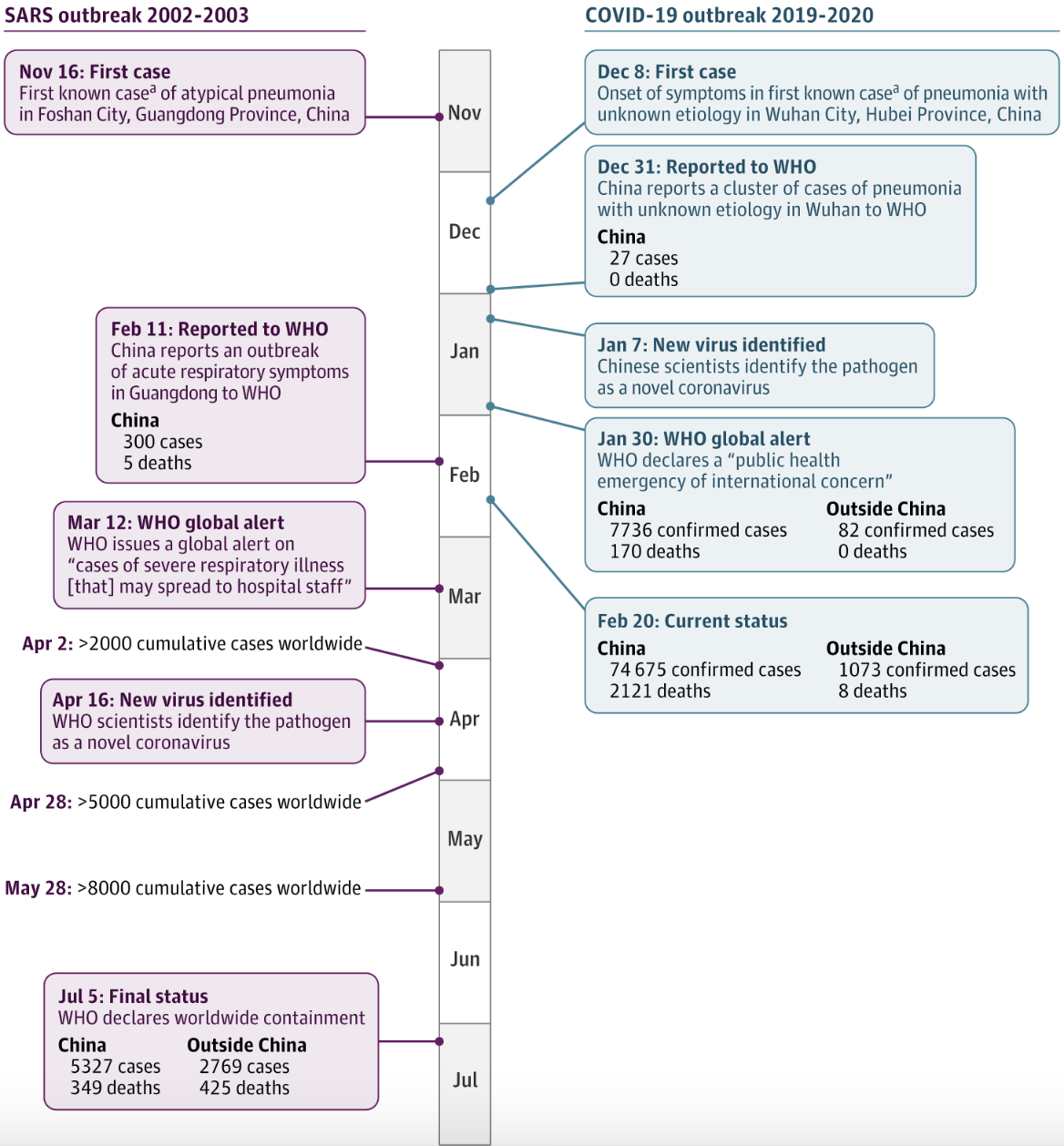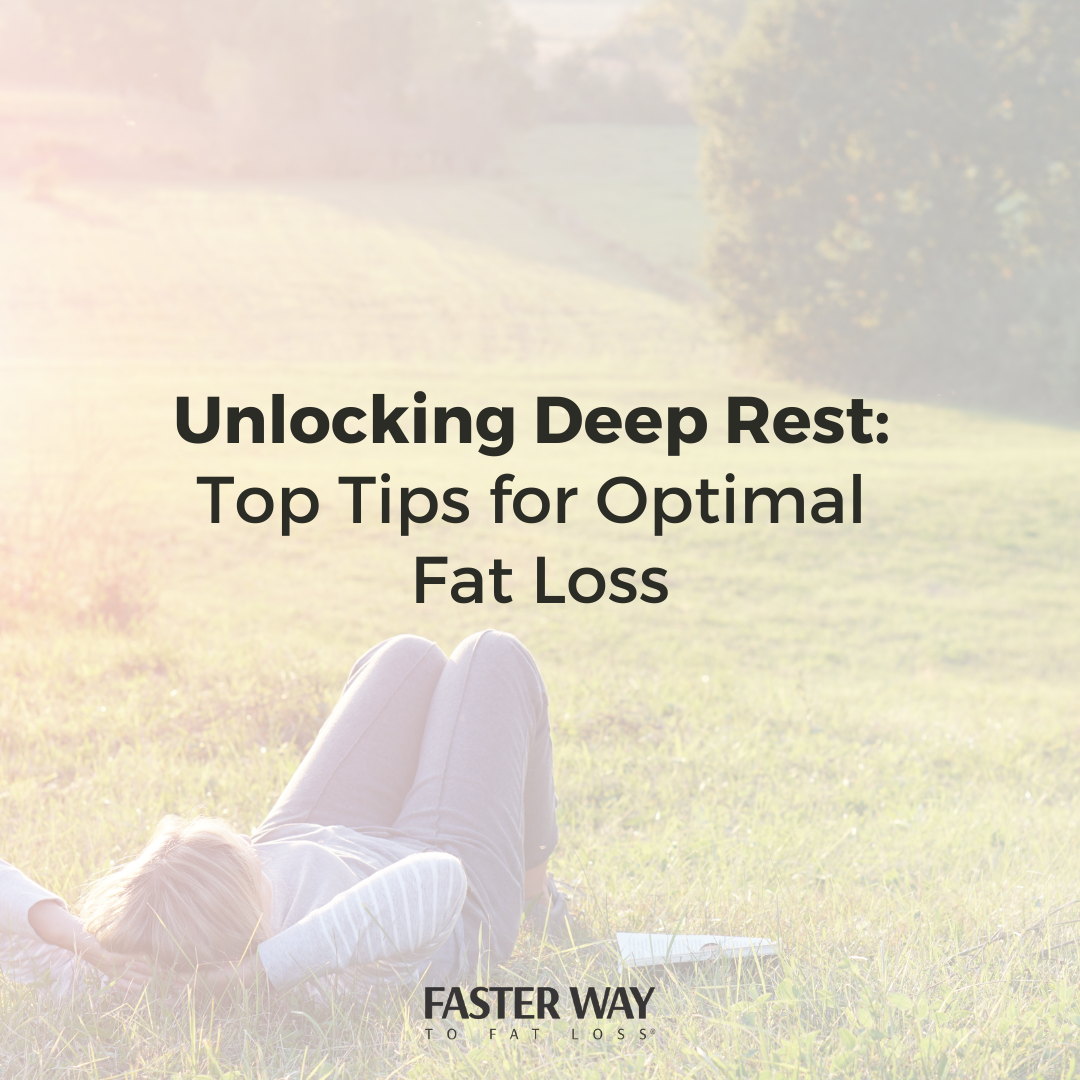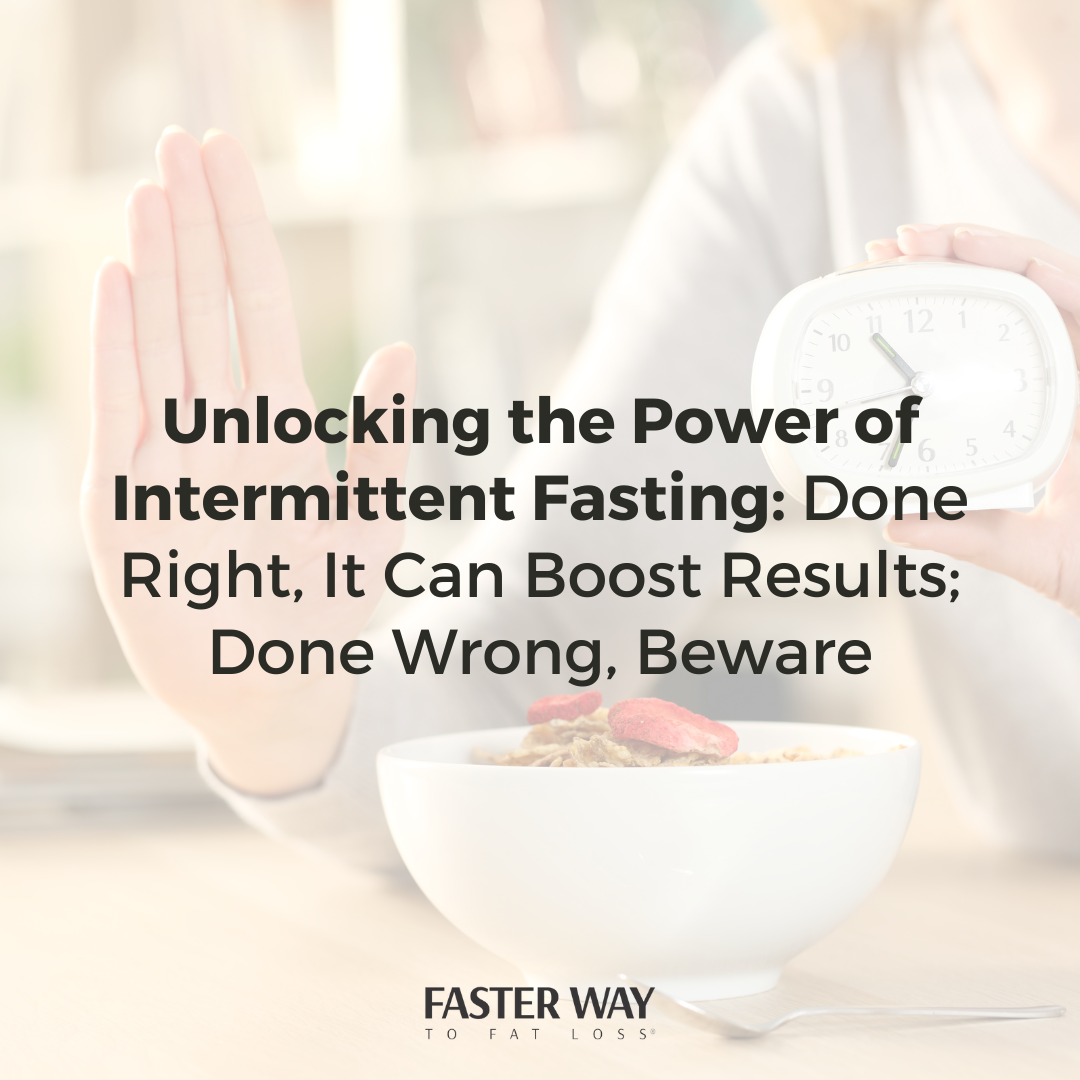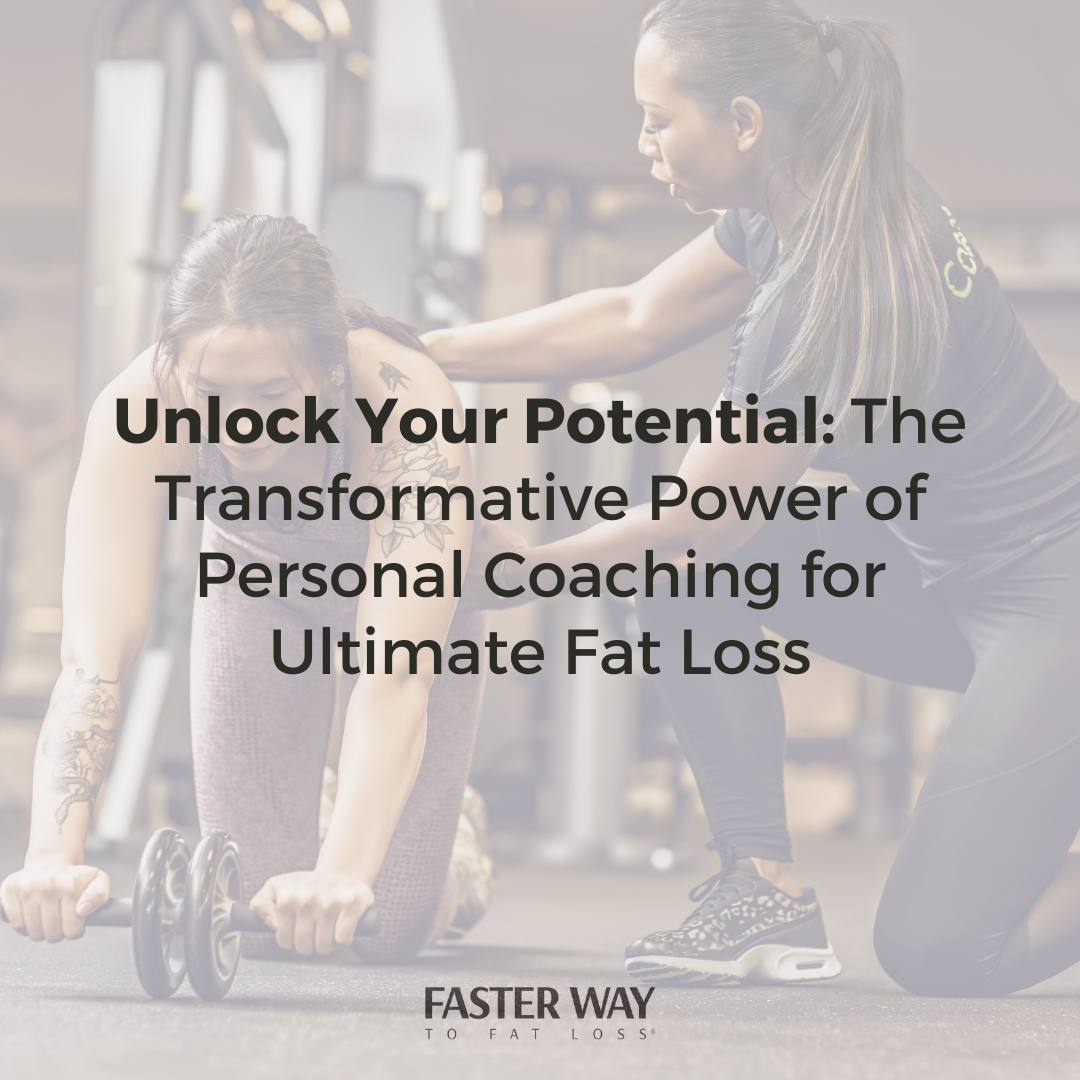Keep reading to learn about each diet, plus the pros and cons you should be taking into consideration.
The History of Intermittent Fasting
Intermittent fasting has been around for thousands of years. Hippocrates, the father of western medicine, actually recommended intermittent fasting to his sickly patients—which was around 400 BC.
Many ancient Greeks and Egyptians utilized fasting as a means of preparing their bodies before going off to battle. When fasting, the body releases a chemical called norepinephrine, which provides you with more energy, alertness, and focus. All great things to improve before going off to war!
People continued to intermittent fast throughout the Middle Ages as part of religious beliefs associated with penitence and self-reflection (a practice that is still undertaken today).
For example...
Jews observe multiple fasting days each year like Yom Kippur
Muslims fast during the holy month of Ramadan
Roman Catholics undertake a 40-day fast during Lent each year in remembrance of Christ fasting for 40 days in the desert
It’s safe to say that fasting has been around for some time—and is still a popular tool for weight management to this day.
The Components of Intermittent Fasting
So, what exactly does intermittent fasting involve?
Intermittent fasting involves intentionally limiting caloric intake for a set period of time and is currently one of the most popular trends in the fitness community. But we’re here to tell you that it’s not just a trend (as evidenced by the fact it’s been around for so long).
Intermittent fasting, unlike most diets, doesn’t tell you what you should and shouldn’t eat—but rather focuses on WHEN you should and shouldn’t eat.
Types of Intermittent Fasting
You may be surprised to learn that there’s more than one approach to intermittent fasting—there are, in fact, six popular protocols.
At the FASTer Way, we prefer the 16/8 method. Here’s why, and what the other types of intermittent fasting are:
The 16/8 Method The 16/8 method is our go-to method of intermittent fasting. The 16/8 method means fasting for 16 hours and then consuming your daily calories within an 8-hour window. This method is the easiest fasting method to incorporate into your routine because you can practice it by eating dinner at a reasonable hour and then skipping breakfast. The 16/8 method is also the most sustainable form of fasting because you can practice it socially. Plus, if you already don’t eat breakfast, you could be unintentionally practicing intermittent fasting. Easy, right?
The 5:2 Diet The 5:2 diet is a little different from the 16/8 method in that it advocates eating normally for 5 days of the week, and severely limiting calories the other 2 days. This isn’t as sustainable as the 16/8 method since it involves forethought and planning, and severely limits your lifestyle—after all, who wants to go out with friends when you can’t eat or drink?
Eat-Stop-Eat Eat-stop-eat takes the 5:2 diet a step further by advocating for a total ban on caloric intake one to two days a week, for a 24-hour period. Similar to the 5:2 diet, eat-stop-eat isn’t sustainable for most modern, busy lifestyles.
Alternate-Day Fasting Alternate-day fasting is essentially fasting every other day, whether you consider fasting to mean limiting caloric intake to 500 calories or completely cutting out any calories at all. Again, this is not a sustainable way to fast and is next to impossible for people like healthcare workers or busy working moms.
The Warrior Diet The warrior diet roughly follows the type of intermittent fasting that warriors used to undertake before or during battle: eating whole fruits and vegetables during the day and then feasting at night. This type of intermittent fasting can lead to overeating at the “feast,” which is why we don’t recommend it.
Spontaneous Meal Skipping Spontaneous meal skipping involves skipping a meal or two whenever you are able to or aren’t hungry. We don’t believe this is structured enough to provide the results you get from the 16/8 method, which is why we don’t suggest it.
Why We Practice Intermittent Fasting
So why do we practice (and advocate for) intermittent fasting?
Well, because we know it works.
Intermittent fasting has been shown to improve your digestive system, burn fat, and improve brain function as well as heart health.
Let’s look more closely into these benefits, shall we?
IF gives your digestive system a break AND increases metabolism. When you give your digestive system a break, you’re also allowing your metabolism to burn more calories, faster!
Intermittent fasting promotes weight loss. By limiting your eating to a set period of hours each day, you’re allowing your body to burn fat cells more efficiently. Without a new source of energy (food), your body turns inward for energy, which it finds in stored fat cells. Your body then burns those fat cells, aiding in weight loss.
Intermittent fasting improves brain function. It boosts the production of a protein called brain-derived neurotrophic factor, or BDNF. BDNF triggers numerous chemicals that promote brain health, and even protects your brain cells from changes associated with Alzheimer’s and Parkinson's.
IF improves the immune system by reducing free radical damage and regulating inflammatory factors in your body. When animals get sick, they stop eating and instead focus on resting—which is the idea behind intermittent fasting. When you fast, your body can use more energy towards staving off infection and disease, creating a stronger immune system.
So, clearly there are multiple benefits to intermittent fasting, but how does all of this compare to keto?
The History of Keto
The ketogenic diet, commonly known as keto, was first widely introduced in the 1920s as a treatment for epilepsy. It was widely used for about twenty years but fell out of favor when anti-epileptic drugs came to market.
Over the past few years, the keto diet has garnered much buzz as a weight-loss tool. But what exactly is it? And is it even effective?
What Is the Keto Diet?
The keto diet is a low-carb, high-fat diet that focuses on reducing your carb intake, and replacing those carbs with fat, so the vast majority of your daily caloric intake is coming from fats. By reducing carbs and increasing fats, you’re putting your body into a metabolic state of ketosis, where your body becomes super efficient at burning fat for energy to sustain itself.
During ketosis, your body also turns fat into ketones in your liver, supplying an energy influx to your brain.
Benefits of Keto
When your body is in ketosis, it is depleted of the sugar reserves that would normally come from eating carbs. This leads to numerous physical and mental benefits.
Weight loss The keto diet aids in weight loss by increasing your metabolism and reducing your appetite. Because you are removing carbs from your diet, your body doesn’t have to work as long to break them down into sugar, meaning that your metabolism will speed up. The keto diet also consists of mostly fats, which tend to fill people up faster than simple carbs, leading to reduced appetite.
Acne reduction The keto diet has been shown to improve acne caused by diet and blood sugar. Diets high in refined carbs and processed foods can inflame acne, causing it to worsen. By cutting out carbs and processed foods, the keto diet can improve acne that’s not caused by hormones.
Reduction in risk of certain cancers Studies linking certain diets to reduction in cancer are still very limited, but some have shown a link between following a keto diet and an improvement in chemotherapy effectiveness. Another recent study also suggested that following the keto diet can lower insulin levels, which has been linked to some cancers.
Improved heart health Like any diet, it is important to carefully choose which foods you eat on said diet. Eating healthy fats (like avocados, fish, and olive oil) has been shown to increase heart health by lowering cholesterol. High levels of cholesterol can actually lead to heart disease, but again, these benefits are only associated with HEALTHY fats.
Protected brain function Some recent studies have suggested that the ketones produced when your body is in ketosis can have neuroprotective benefits, meaning they can strengthen and protect brain cells. Because of this, it is thought that the keto diet may help in the prevention of neurodegenerative diseases like Alzheimer’s and Parkinson’s, but this is still a very new area of study with more research needed.
Reduction in seizures Earlier, we mentioned that the keto diet first became popular in the 1920s as a treatment for epilepsy. That is because the keto diet’s ratio of fat, protein, and carbs results in your body using ketones for fuel. It’s been shown that the keto diet can help with a reduction of seizures in patients with epilepsy, but it’s not known why and more research is needed in this area.
Improved PCOS symptoms A diet high in carbs can cause adverse effects, such as skin problems and weight gain in people affected by PCOS. By consuming a diet very low in carbs, these symptoms can be improved.
Problems with Keto
Unlike intermittent fasting (and the FASTer Way), the keto diet promotes a diet heavy in fats.
We believe in carb cycling, not carb cutting, as we are big believers in keeping everything in moderation, which leads to long-term success.
It is important to choose the right foods to fuel your body, regardless of the diet you follow. Many people on the keto diet take advantage of the promotion of higher fat intake by getting these fats from unhealthy sources instead of healthy fats.
Staying on the keto diet long-term can actually have negative effects on your body, like kidney stones, excess protein in the blood, mineral deficiencies, vitamin deficiencies, and a buildup of fat in the liver.
Following the keto diet (even in the short term) has caused undesirable symptoms commonly referred to as the “keto flu.” These symptoms include constipation, fatigue, low blood sugar, nausea, vomiting, headaches, and a low tolerance for exercise. They are particularly apparent at the beginning of the diet when your body is adjusting to a low carb intake combined with high fat intake.
Like with any other diet, you should consult your doctor before undertaking the keto diet.
Certain people should not even attempt the keto diet—including people with diabetes who are insulin-dependent, people with eating disorders, people with kidney disease, and people who are pregnant or breastfeeding.
Intermittent Fasting Vs. Keto
Ok, so we’ve covered what intermittent fasting and keto are... but what about intermittent fasting vs. keto?
That's why you’re here after all, isn’t it?
One of the real differences in intermittent fasting vs. keto is in the sustainability of each one.
Intermittent fasting is designed to be a sustainable way to shed fat and maintain your desired weight, and can be practiced daily.
On the other hand, the keto diet is more of a short-term solution. You probably won’t be able to adhere to it in the long-run, because it requires a lot of sacrifice, planning, and diligence. When you inevitably fall off the keto diet, you will be at high risk of gaining back all the weight you lost in the first place.
The FASTer Way program
By now, you may be interested in learning more about the FASTer Way to Fat Loss, and just what makes our program different.
We offer coaching accountability, the ability to talk to real people who encourage you along the way, and support groups from other people also undertaking the program.
Plus, the FASTer Way was designed to seamlessly fit into your busy life and be the most sustainable fat loss solution you can find.
We would love to talk to you more about joining the FASTer Way—just click here to get started today!

































































